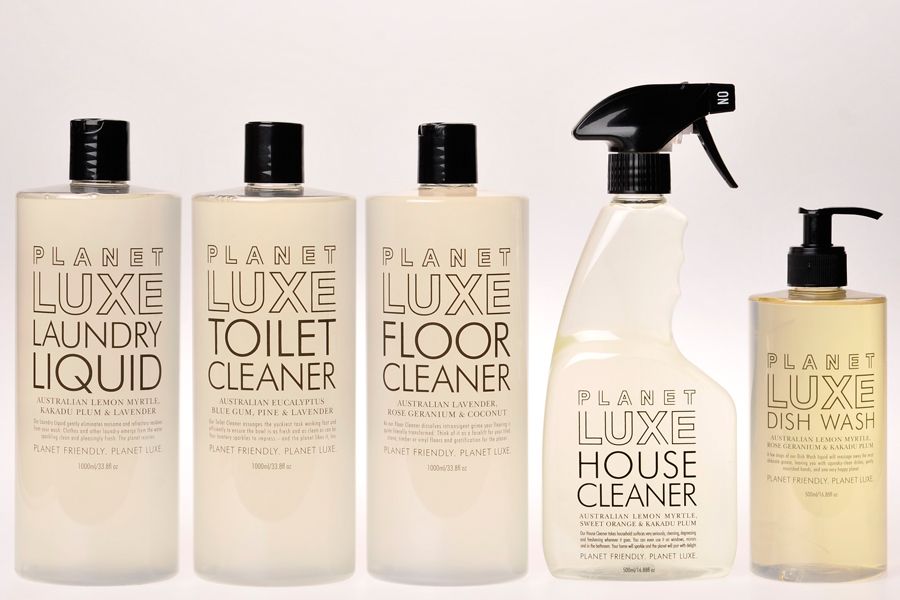Creating a more eco friendly home should be on everyone’s mind in this day and age. Given that countries like the United States make up less than 5% of the Earth’s population, yet, somehow, its people consume over 30% of the planet’s resources, it’s up to all of us to make significant changes in the way we live in order to help our planet and protect its inhabitants.
If you’d like to do your bit to help reduce damage to the environment, creating an eco friendly home is a great place to start. While each of us as individuals and households simply cannot counteract the extreme polluting effects of huge industries, there are some fast and easy ways you can make a positive change.
From switching to more energy efficient appliances, to upcycling reusable packaging, there are no shortage of environmentally-mindful ways to operate around the home.
Keep reading for 4 tips to creating a more eco friendly home.

#1 – The Green Kitchen
The kitchen has one of the highest environmental impacts within the home. Consider of all the single-use plastic that’s used in most people’s kitchens every day. From Ziploc bags to plastic wrap to dishwashing liquid, there are so many things you can replace in your kitchen to reduce your environmental impact.
For starters, swap traditional Ziploc bags for for reusable silicon bags instead. Plastic wrap can be swapped to beeswax food wrap when you need to protect your food in the fridge. Even floursack cloths can be upcycled and used to replace paper towels in your home. These little changes can make a huge difference.
#2 – Reduce Your Carbon Emissions
Reducing the amount of energy you use in your home is the easiest way to reduce your carbon emissions. Firstly, take a look at your electricity bill and see how many kWh of electricity your home uses. You may be surprised to see just how much electricity having an old fridge or electric hot water system is chewing through monthly. Where possible, switch to less energy consuming electricals around the home as a first step.
You can also ask your energy provider for suggestions on other ways to reduce the kWh your home consumes. They may suggest investing in high-efficiency lighting sources, as an example. They may also suggest that you compare electricity plans that they provide.
As the energy market becomes more interested in sustainability, you’ll find that suppliers will now be offering more energy choices. Many utility companies offer the option to get your electricity from renewable energy sources such as wind farms. While this may mean that your electric service will be slightly more expensive, the use of renewable electric supply will help offset your carbon emissions.
It’s also wise to review your natural gas consumption while you’re at it. If you find that you’re using quite a bit of natural gas, investigate a programmable thermostat to turn down the heat at predetermined times of the day. You can also turn down your water heater to reduce the amount of natural gas you use.
#3 – An Eco-Friendly Home Nursery
If you’re expecting a little one, you should also expect to have to go through a lot of potentially environmentally-damaging purchases, from nappies to bottles and everything in between. However, it is possible to create an eco-friendly nursery and you have the option of buying more eco-conscious options across the board too.
For example, consider using linens instead of traditional nappies. A reusable linen nappy is the best bet for sensitive skin and for the environment. Disposable nappies clog up landfills and due to their plastic composition, and take a lifetime to deteriorate. (If you’re worried your washer won’t be able to handle your baby’s waste, you can always pre-rinse them with a diaper sprayer. At that point, your washer will only have to take care of the remaining residue.)
#4 – Earth Conscious Laundry
Laundries create all kinds of environmental gunk. Typical dryer sheets are full of toxic chemicals and they take years and years to decompose in landfills. Detergent containers are recyclable, but preparing them for recycling is time-consuming and consumers rarely follow through on what they need to do.
And then there’s laundry detergent. Whether it’s powder detergent, laundry pods, or liquid detergent, it frequently contains toxic chemicals that can cause itchy skin and allergic reactions. The parabens, phosphates, and dyes in laundry detergents can also damage your clothes over time!
Instead, opt for eco-friendly alternatives such as the Eco-Strips made by Tru Earth. These ingenious laundry detergent sheets don’t contain parabens, phosphates, dioxane, dyes, or chlorine bleach – rather, they use coconut oil extract and soy-derived components to clean your clothes.
Tru Earth Eco-Strips’s detergent sheets produce a gentle lather that cuts through grime and fights stains without using any unnecessary toxic ingredients. Eco-strips are a cost-effective way to decrease the environmental impact of your weekly load of laundry. Plus, with an ingredient like coconut oil, you won’t be sacrificing any cleaning power.
Lastly, you can reduce the environmental damage caused by your laundry loads by investing in a high-efficiency washer. These washers use less water than standard washers by recirculating water, which saves energy usage and of course – it saves water. High-efficiency washing machines also require specific laundry products. Once again, eco-strips are a great choice over traditional soaps.


No Comments